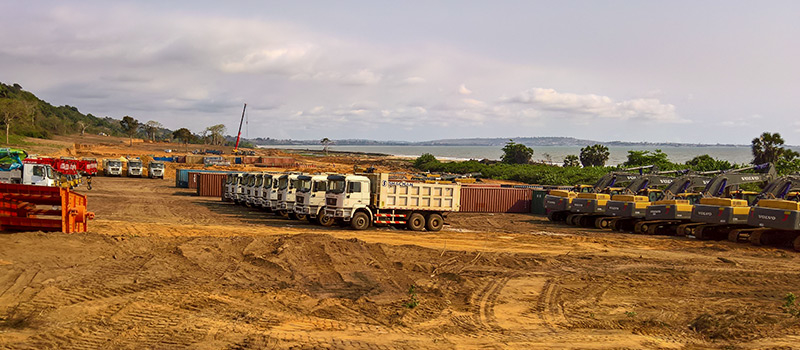Minbos Resources Ltd has announced that the definitive feasibility study (DFS) for the Cabinda Phosphate Project in the Angolan exclave of Cabinda (surrounded by Republic of Congo and DRC) is underway, with the appointment of Orelogy Consulting Pty Ltd. Completion of a JORC 2012 Ore Reserve Estimate for the Cácata Phosphate Deposit is anticipated to be completed by August 2020. Based in Perth, Western Australia, Orelogy is a respected mine planning consultancy with extensive operational and consulting experience in a range of different commodities throughout the world, including specialist phosphate ore experience.
Orelogy has been engaged to produce an ore reserve report, designed to generate a robust mining strategy that maximises project value and efficiency. The scope of work includes but is not limited to:
JORC 2012 Ore Reserve Estimate: The company has previously released a phosphate resource estimate of 13Mt @ 26% P2O5, including an estimated1 of 7Mt @ 30% P2O5. The Orelogy report will allow Minbos to release a JORC (2012) Ore Reserve Statement based on this previously announced measured and indicated resource estimate.
Mine Schedule and Stockpile Design: A total material movement schedule will be developed for the life of the project to maximise NPV, minimise upfront costs by minimising pre-strip and ensuring all plant feed requirements are met in terms of tonnes and grades. Stockpile designs will be prepared for top soil, overburden and ore.
Mine Infrastructure Design: All mining related infrastructure, including ex-pit haul roads, fuel supply facilities and administration infrastructure.
Cost Modelling (OPEX and CAPEX): A new OPEX/CAPEX model will be designed in sufficient detail to produce a new mine model for the ore reserve report. This includes all costs related to the mining activities including clearing, stripping, topsoil, stockpiling, loading, hauling, rehandle, production support, maintenance, supervision, management, administration and technical support, de-watering and dust suppression.
The new mine plan to be developed by Orelogy is important for the mine approval process in Angola because it is expected to have a much lower environmental and social impact compared to previous studies, which required a tailings dam, water supply and a start-up production rate ten times larger than the current business case. The lower production rate is anticipated to reduce pit volumes requiring dewatering and enable in-pit waste disposal, resulting in minimal out of pit waste and water disposal, the ability to defer waterway diversions and significantly reduce mine and road traffic impacts.
The company expects lower operating costs (USD) than previous studies due to lower fuel prices and the depreciation of the Kwanza against the US dollar. “The company is excited to begin its journey to move rapidly to production, using local phosphate rock, to produce fertiliser for local markets using technology developed by the International Fertilizer Development Center. Our implementation plan is aggressive and targets the following major milestones in 2021/22.











